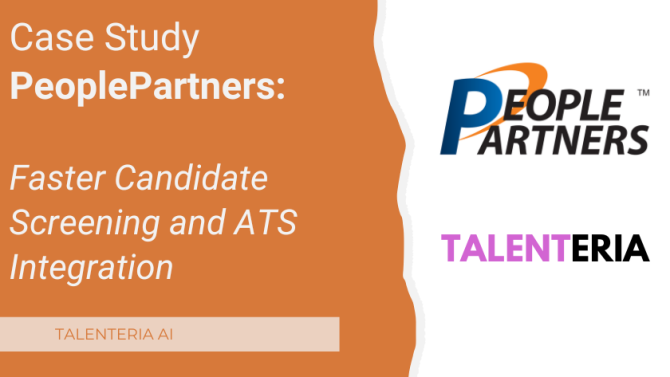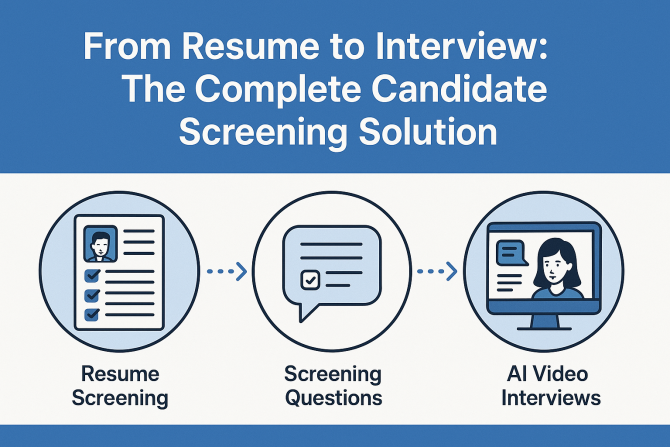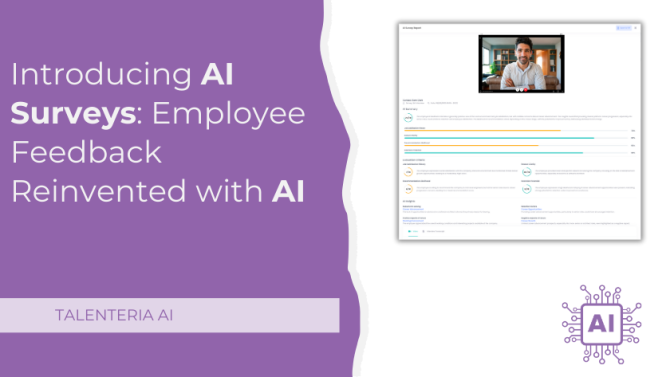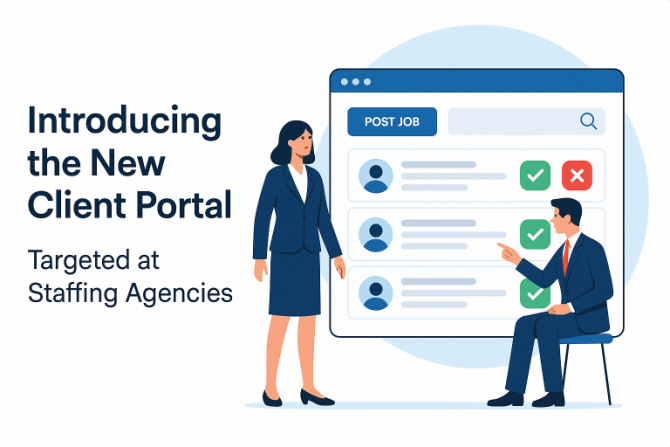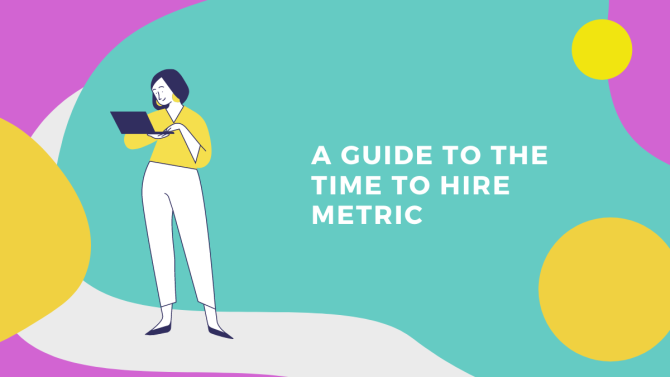
A Guide to the Time to Hire Metric
Most of us have heard the famous phrase “time is money,” but this adage has never been more pertinent in the increasingly fast-paced and constantly evolving recruitment industry. Unsurprisingly, this ideology has become a key concept in the business and recruitment world. But how can saving time also save you money, and what else can we learn from analyzing the time to hire metric?
What Is Time to Hire?
The basic definition of “time to hire” is simply the time elapsed between the acceptance of a position by a successful candidate from when they initially enter the application process. For example, if a candidate sends in an application for an open position and accepts a job offer 20 days later – the time to hire in this scenario would be 20 days.
Time to Hire vs. Time to Fill
Some people often use the term “time to hire” and “time to fill” interchangeably. However, there is a distinct difference in definitions.
Essentially, time to hire is a metric used to measure the time in which eventually successful candidates who accept the position complete your application process. On the other hand, time to fill measures how long an open position stays vacant; it may have a starting point either when the position is posted for applications or when the position is approved by the HR and/or finance department. The unit of measure is days for both metrics. The time to fill timeline can be seen below:
As the timeline illustrates, time to hire is nested within time to fill, and thus will always be a smaller number of days than time to fill. This is a basic model of both time to hire and time to fill for an open position, but the model becomes more complex when expanded to include more variables of interest.
What Is the Average Time to Hire?
When talking about the average time to hire, we are referring to the mean average, which is calculated by dividing the sum of time to hire for all open positions by the total number of open positions. This can be represented by the formula:
Where n is the total number of open positions and x is the time to hire variable for each position.
For example, if there were three positions filled and the time to hire ( for these positions were 20, 30, and 15 days, respectively, then the average time to hire would be:
Calculating the average time to hire can be valuable information, as it indicates the efficiency of your application process. If an average time to hire is too long, candidates may already be recruited by another company. It can also be used to get insight on the candidate experience, as a long time to hire average would often be viewed negatively by prospective candidates and can cause high-quality candidates to lose interest in the position entirely and drop out.
The average time to fill is calculated similarly, where would now represent the time to fill per position instead. This can help pinpoint weaknesses in other areas of your hiring operation. Additionally, a long average time to fill would indicate a larger recruitment budget needed to cover costs. Such costs may include keeping postings up for a longer duration, making more posts, or needing more sourcing by recruiters in your employ.
Ways To Reduce Time to Hire
Some actionable strategies include:
- Scrutinize each stage of your hiring process – break down and compile data for every element of your hiring process. This will help you determine which stage is taking the longest, understand why this is happening, and figure out ways this can be improved.
- Improve your job postings – a well-written, detailed job description will attract more quality applicants at a faster rate.
- Use assessment software - various skills tests, personality questionnaires, or cognitive ability assessments can be used to screen candidates much faster. They could replace the telephone interview stage, which tends to take longer to evaluate.
- Use templates – customize effectively written email templates sent to candidates to shorten the time spent on correspondence and scheduling without compromising personalization.
What Are the Recruiting Metrics That Matter?
While we have discussed the significance of time to hire, this is not the only metric of importance to establish the best course of action in enhancing your recruitment process. Also, consider:
- Qualified candidates per hire is the average number of candidates who pass the first stage of the recruitment process and is a measure of effectiveness in your sourcing and postings.
- Interviews per hire could indicate that there are too many or too few candidates being interviewed for each position which may imply that the screening and/or sourcing process needs adjusting.
- Cost per hire is the average total amount spent to fill an open position. This is an imperative metric to analyze the budget for your hiring process.
To keep track of recruiting metrics, Talenteria’s recruitment marketing platform is the tool of choice for many HR professionals. Reach out today to set up a demo!
